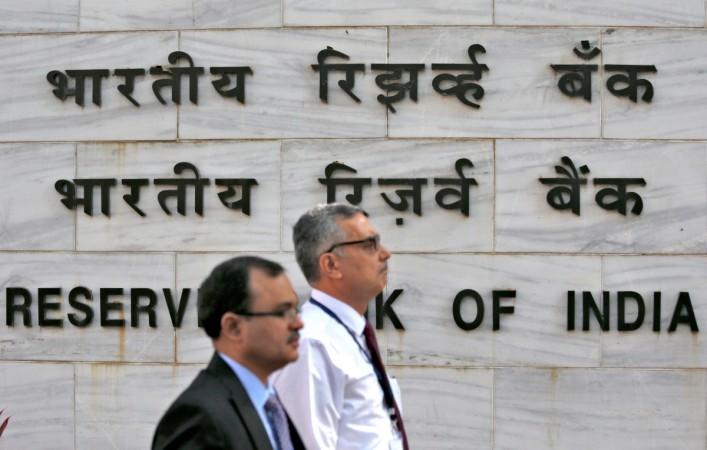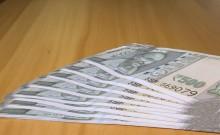
In a first for India in many years, the Modi government is all set to introduce two denominations — Rs 2,000 and Rs 200 — within a span of less than one year. The Rs 2,000-note was brought into circulation last November post the demonetisation announcement and now there is a strong possibility of the Rs 200 note making its debut this year.
In a report, business daily Mint said that the Reserve Bank of India (RBI) at its board meeting last month approved the introduction of the Rs 200 note and printing of the currency could commence in around three months from now once the Central government gives its go-ahead.
Social media is abuzz with the colour of the Rs 200 note, with green doing the rounds on Twitter.
The news also comes at a time when there has been a marked fall in cash withdrawals by Indians as they embrace digital transactions.
The currency in circulation as on March 24, 2017 was Rs 13.12 trillion, according to RBI data. It was a high of Rs 17.9 trillion on November 8 last year, when Prime Minister Narendra Modi announced that the Rs 500 and Rs 1,000 notes are no longer valid tender. The two denominations accounted for around 86 percent of the Rs 17.9 trillion cash in circulation.
The news of the Rs 200-denomination comes weeks after the government confirmed that it will be introducing Rs 10 in plastic on a trial basis.
"Approval for procurement of plastic substrate and printing of banknotes of Rs 10 denomination has been conveyed to the RBI," Arjun Ram Meghwal, minister of state for finance, informed the Lok Sabha on March 22, 2017. The plastic notes will be introduced in Kochi, Mysore, Jaipur, Shimla and Bhubaneswar.
Currency notes/coins are printed/minted by the government of India on the advice of the RBI, which also estimates the denomination-wise currency needs, and co-ordinates with the government on design and security aspects.
The printing/minting responsibility lies with the eight units owned by the Security Printing and Minting Corporation of India Limited (SPMCIL), a finance ministry company.
SMPCIL's two currency printing units — at Dewas in Madhya Pradesh and Nashik in Maharashtra — print about 40 percent of India's currency notes. Coins are minted at the Mumbai, Hyderabad, Kolkata and Noida units of SMPCIL.
Some interesting information on currency notes in India (source: RBI)
* The highest denomination note ever printed by the Reserve Bank of India was the Rs 10,000 note in 1938 and again in 1954. These notes were demonetised in 1946, and again in 1978.
* Currency paper is composed of cotton and cotton rag.
* The Government of India decides on the quantity of coins to be minted on the basis of indents received from the RBI.
* The Reserve Bank estimates the demand for banknotes on the basis of the growth rate of the economy, inflation rate, the replacement demand and reserve stock requirements by using statistical models/techniques.
* Notes are printed at four printing presses located at Nashik, Dewas, Mysore and Salboni. Coins are minted at the four mints at Mumbai, Noida, Kolkata and Hyderabad.
* The Reserve Bank presently manages the currency operations through its 19 Issue offices located at Ahmedabad, Bangalore, Belapur, Bhopal, Bhubaneswar, Chandigarh, Chennai, Guwahati, Hyderabad, Jaipur, Jammu, Kanpur, Kolkata, Lucknow, Mumbai, Nagpur, New Delhi, Patna, Thiruvananthapuram, a currency chest at Kochi and a wide network of currency chests.
* These offices receive fresh banknotes from the banknote printing presses. The Issue Offices of RBI send fresh banknote remittances to the designated branches of commercial banks.
* Coins in India are presently being issued in denominations of 50 paise, one rupee, two rupees, five rupees and ten rupees. Coins up to 50 paise are called 'small coins' and coins of Rupee one and above are called 'Rupee Coins'.
* Coins in the denomination of 1 paise, 2 paise, 3 paise, 5 paise, 10 paise, 20 paise and 25 paise have been withdrawn from circulation with effect from June 30, 2011 and are, therefore, no more legal tender.

















